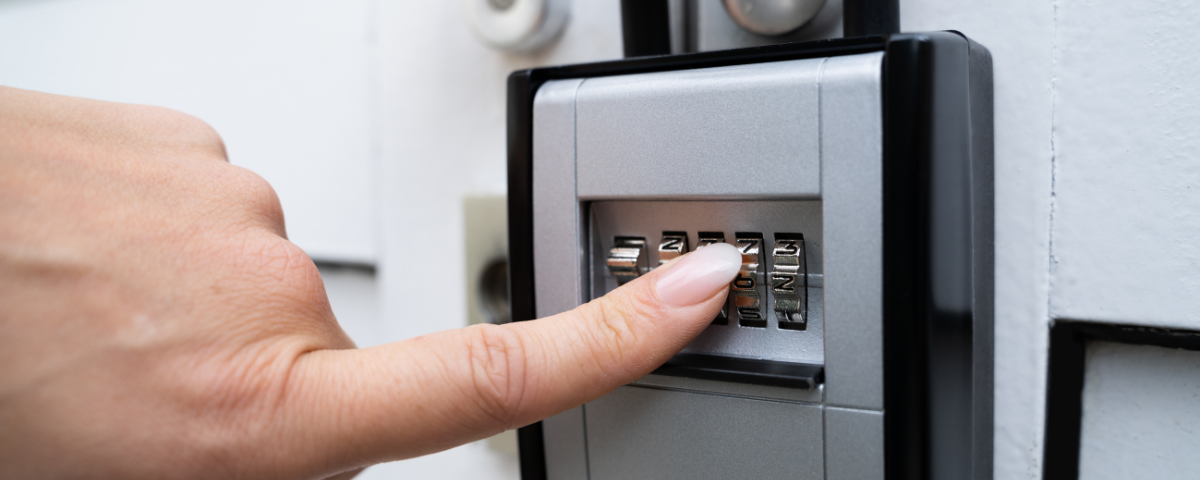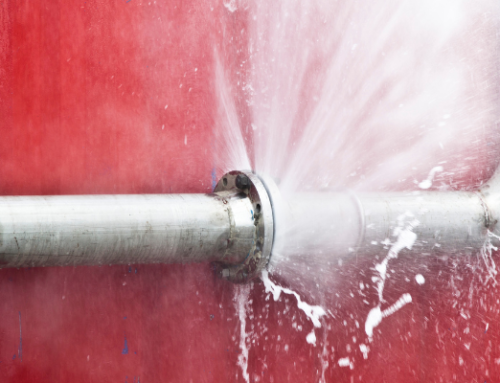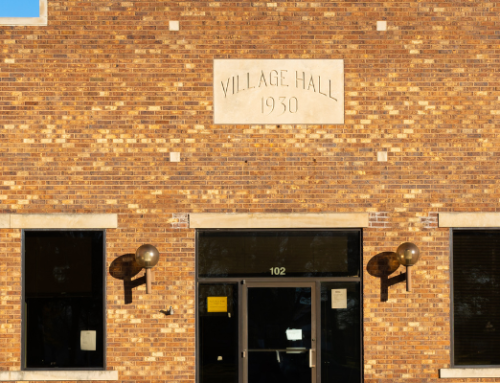Installing a key safe is a great way to allow key sharing with lots of people, but it is worth considering whether a key safe is necessary in the first place.
They may not be suitable for all properties. Of course, they are a better alternative to having lots of keys cut and/or hiding keys under a plant pot.
However, it’s recommended that several factors are considered as part of a decision to have a key safe:
- Who needs access to the property, and how often?
- Where will the key safe need to be located and could this introduce other risks?
- Who will manage key code changes?
- How will emergency services access the property?
- Are there any better alternatives?
A guide to selecting your key safe
Once you’ve decided that a key safe is the right solution for you, you need to think of the following:
- Is it weather-proof?
- Is it made from metal? (Plastic ones offer little security).
- Is it accredited? ‘Police-preferred’ or ‘Secured by Design’ are the words to look out for.
- Smart key safe could enable notifications of when the key safe is accessed.
What are Police-preferred Key Safes?
The market is inundated with key sharing devices, but not all can provide the security you need. It’s critical to choose a key safe that has undergone independent testing and certification and provides a proportionate level of protection against the risk of intruders gaining entry to your property.
It is recommended you select a ‘Police Preferred Key Safe’. This term, previously known as ‘Police Accredited’, is one of the most respected endorsements granted to home security products effective in preventing crime. The authority that awards this title, is Secured by Design (SBD), an official police security program.
The “Police Preferred” is part of SBD’s product-focused certification scheme that aims to enhance home security rigorously. SBD evaluated and approved key safes are thoroughly tested to resist physical attacks, hence guaranteeing safe and secure key sharing.
Key safes lacking the “Police Preferred” badge may not meet the same testing standards, potentially leaving your property exposed to risks.
Where to place your key safe?
The location of your key safe installation largely depends on the type of product you’ve selected. Key safes offering high security can be placed in visible areas. However, avoid exposing key boxes, as they can quickly become easy targets.
It’s crucial to consider the individuals who will access the key safe. Avoid positioning it at high levels or behind bulky objects like bins, so no one has to take unnecessary risks while accessing the key to the building.
Placing the key safe at a suitable height – like chest level or within reach of a wheelchair – and in an area with ample natural light, simplifies usage and allows access to change the code. Also, installing the key safe in clear sight, makes harder for potential thieves to hide while attempting to break in.
If you have any concerns about installing your key safe, you can always bring in a contractor to fit it.
Setting and Changing your Key Safe Code
- You should avoid selecting memorable dates such as ‘1066’ as they can be easily predicted.
- If possible, set a code with a minimum of 6 digits.
- Ensure the code is not shared more widely than necessary.
- Maintain a record of your code in a secure location should you ever forget it.
As an example the Norfolk & Suffolk Police guidelines, recommend the code is changed every time a code holder stops their association with you. It’s crucial to remind yourself to update all authorised individuals or organisations each time the code is modified.
We are here to help
If you are concerned about how this affects you and your business and would like support in assessing your needs, we are here to help. Please do get in touch for confidential advice and guidance.
This article was adapted from an article by Zurich which can be found here.






